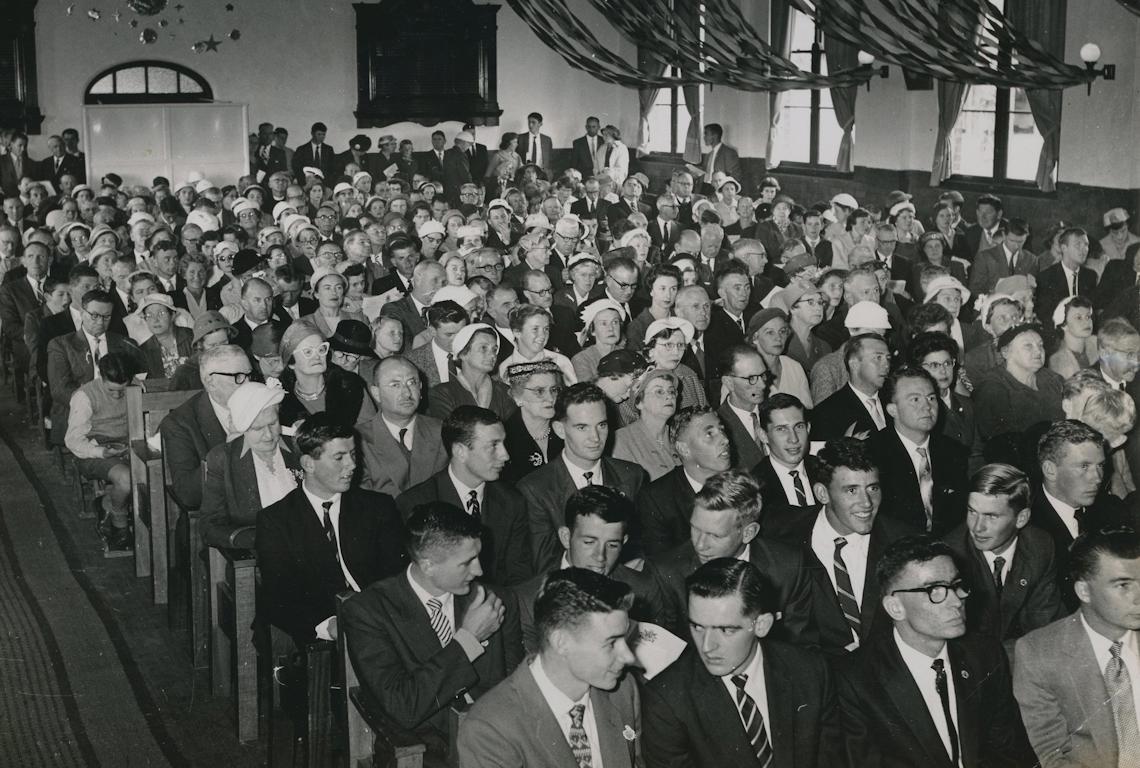Scholarships Heritage Highlight

Scholarships at the RAS
With food resources scarce in the newly formed Colony of NSW, the main aim of the fledgling Agricultural Society was to boost agriculture and livestock breeding by promoting research and education that would improve the output of colonial farms. That remained a primary aim for the growing Society and on 14 September 1917, the first meeting of the newly formed Scholarship and Education Committee took place.
The advantages of providing small but strategically timed educational boosts to the growing agricultural sector were recognised from the start. The first scholarships were awarded to the top students at the Hawkesbury Agricultural College at Richmond, which had been successfully established since 1891. Soon after, two extra scholarships were offered at the University of Sydney, one in agricultural science and one in veterinary science. Keen also to do as much as they could to interest young people in agriculture generally, the Society helped to set up the popular Junior Farmers Movement in 1926.
The scholarship program went from strength to strength and in 1938 the Hawkesbury College was able to declare that ‘Ex-students of the College who have held scholarships provided by the Royal Agricultural Society are now occupying important positions in all states of the Commonwealth’. In 1957 the Society expanded the program still further to create the RAS Travel Scholarship. From 1958 annual travel awards were made available to graduates of Hawkesbury and Wagga Agricultural Colleges for travel within Australia and New Zealand.
In 1959 J C Heywood was awarded a travel scholarship and the detailed report of his tour of Agricultural Research Centres in Queensland, remains in the RAS archives today as an interesting record of Queensland agriculture. Several other such reports, covering different regions, are also held and together they form a vital record of the state of agricultural research at the time.
As university scholarships and fee-free places became more readily available in the 1960s, the RAS began directing its funding efforts towards higher education and research projects. From 1967 an annual fellowship was made available for research, survey or extension work in the fields of agriculture and animal husbandry. The first recipient was P J Quinn of the Department of Physiology at the University of Sydney. When Quinn published an important research paper the following year, relating to the biochemistry of ram semen, he gratefully acknowledged the backing of the RAS.
RAS scholarships of various sorts continued to be offered and in 2007, the role of the Scholarship and Education Committee was largely subsumed by the newly established RAS Foundation. The Foundation set out to foster strong rural and regional communities and the provision of scholarships to bolster this outcome, continues to be an important part of their program today.